 | Richard W. Green - Arithmetic - 1840 - 300 pages
...divide the divisor by the remainder; and thus continue dividing the last divisor by the last remainder, till nothing remains. The last divisor will be the greatest common divisor. To find the common divisor of more than two numbers, find first for two ; and then for another and... | |
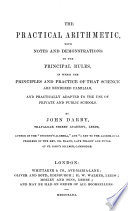 | John Darby (teacher of mathematics.) - 1843 - 236 pages
...given vulgar fraction to its lowest terms. RULE. — Divide the greater number by the less, and this divisor by the last remainder, and so on, till nothing...remains ; the last divisor will be the greatest common measure, or the greatest number, by which both the numerator and denominator can be divided without... | |
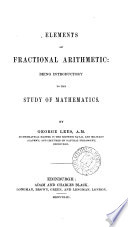 | George Lees - 1843 - 86 pages
...the common rule. 91)154(1 91 63)91(1 63 28)63(2 56 7)28(4 28 RULE. Divide the greater by the less, the last divisor by the last remainder, and so on till nothing remains ; the last divisor is the greatest common measure. 91 The terms of the fraction — - being both divided by 7, expresses... | |
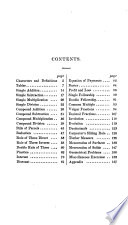 | William Watson (of Beverley.) - 1845 - 188 pages
...greatest common measure of the terms of a fraction, RULE. — Divide the greater term by the less, and the last divisor by the last remainder, and so on till nothing remains, then the last divisor will be the common measure required. EXAMPLE. 1. Required the greatest common... | |
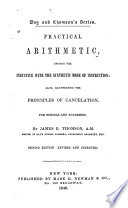 | James Bates Thomson - Arithmetic - 1846 - 362 pages
...the greatest common divisor of two numbers. Divide the greater number by the less; then the preceding divisor by the last remainder, and so on, -till nothing...last divisor will be the greatest common divisor. 7. What is the greatest common divisor 'of 70 and 84 ? Operation. Dividing 84 by 70, the remainder... | |
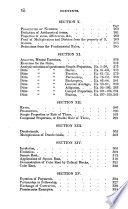 | James Bates Thomson - Arithmetic - 1846 - 402 pages
...greatest common divisor of two numbers. Divide the greater number by the less ; then the preceding divisor by the last remainder, and so on, till nothing...last divisor will be the greatest common divisor. 7. What is the greatest common divisor of 70 and 84 ? Operation. Divijing 84 by 70, the remainder is... | |
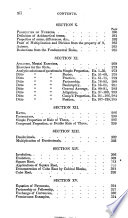 | James Bates Thomson - Arithmetic - 1846 - 354 pages
...common divisor of two numbers. Divide the greater number by the less ; then the preceding divisor hy the last remainder, and so on, till nothing remains....last divisor will be the greatest common divisor. 7. What is the greatest common divisor of 70 and 84 ? Operation. Dividing 84 by 70, the remainder is... | |
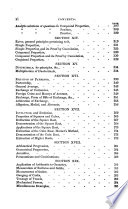 | James Bates Thomson - Arithmetic - 1847 - 426 pages
...greatest common divisor of two numbers. Divide the greater number by the less ; then divide the preceding divisor by the last remainder, and so on, till nothing...last divisor will be the greatest common divisor. When there are more than two numbers given. first find the greatest common divisor of any two of them... | |
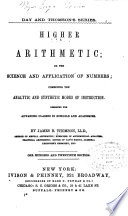 | James Bates Thomson - Arithmetic - 1847 - 432 pages
...greatest common divisor of two numbers. Divide the greater number by the less ; then divide the preceding divisor by the last remainder, and so on, till nothing remains. The last divisor will be tlie greatest common divisor. When there are more than two numbers given. First find the greatest common... | |
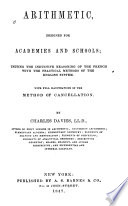 | Charles Davies - Arithmetic - 1847 - 368 pages
...divide the divisor by the remainder, and continue to divide the last divisor by the last remainder until nothing remains. The last divisor will be the greatest common divisor sought. NOTE. If it be required to find the greatest common divisor of more than two numbers, find first the... | |
| |